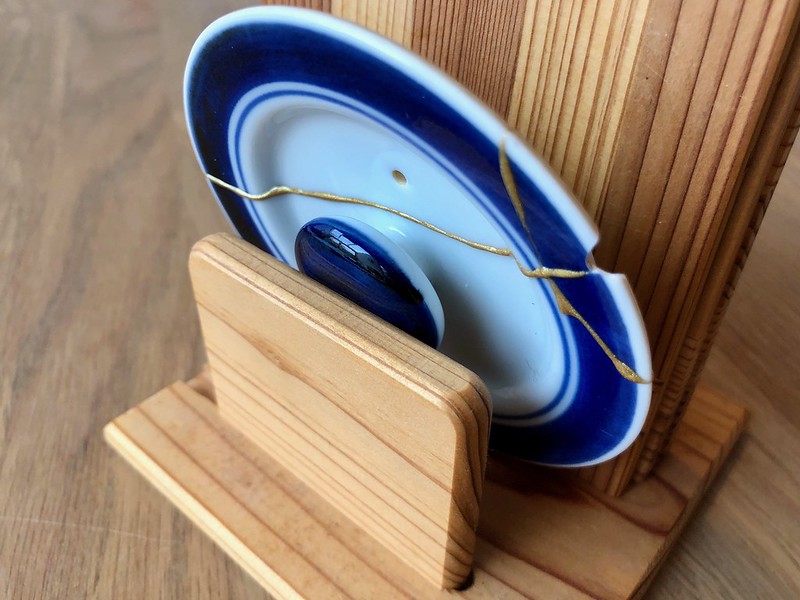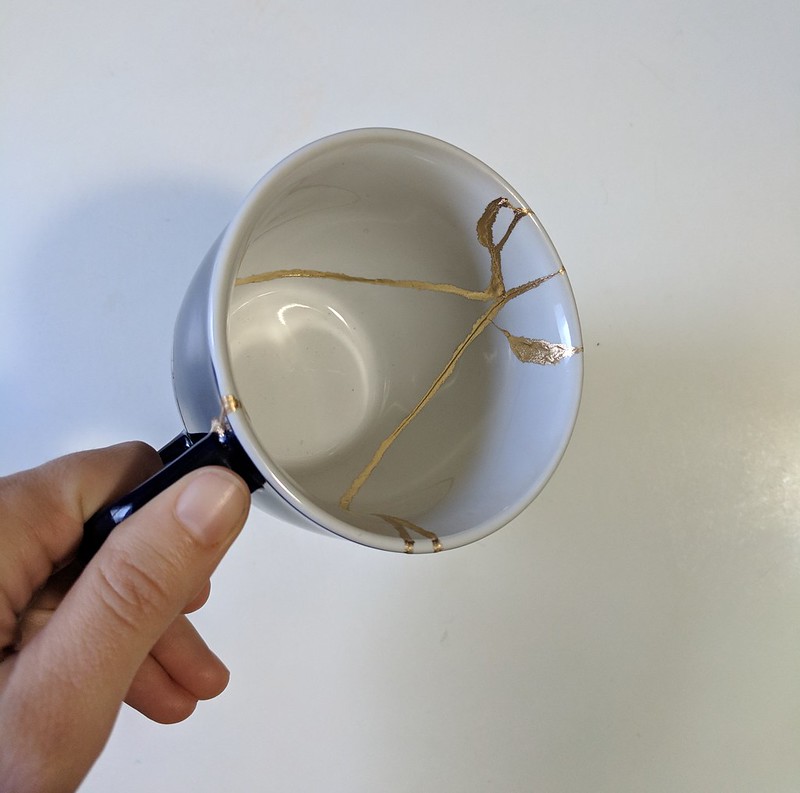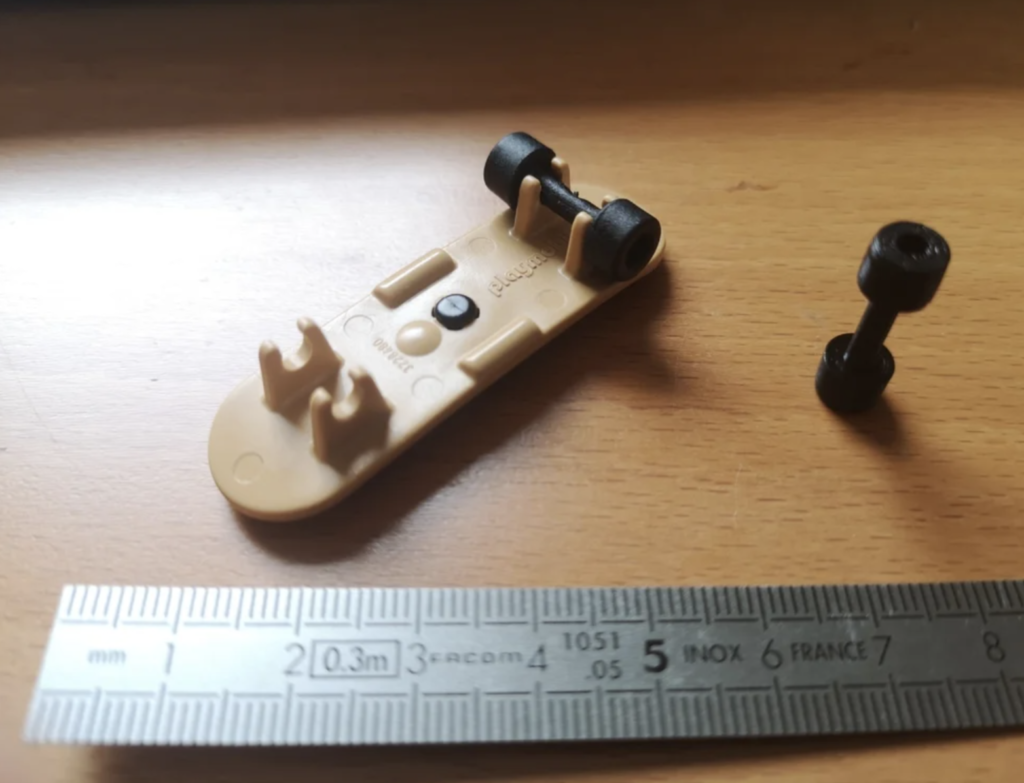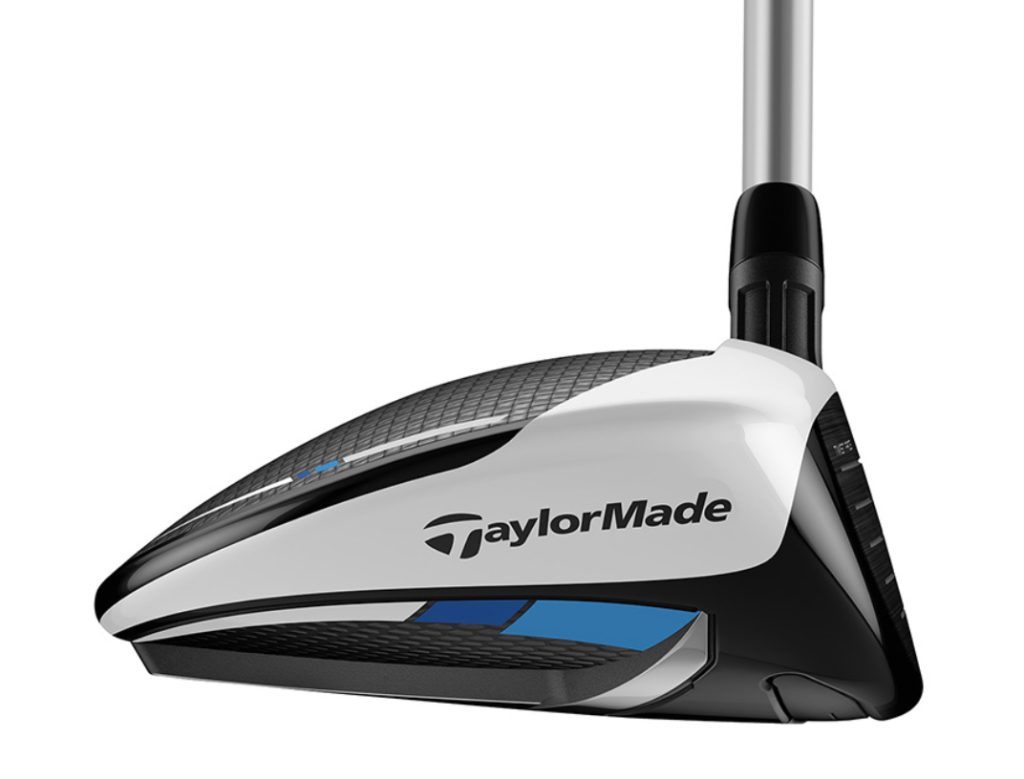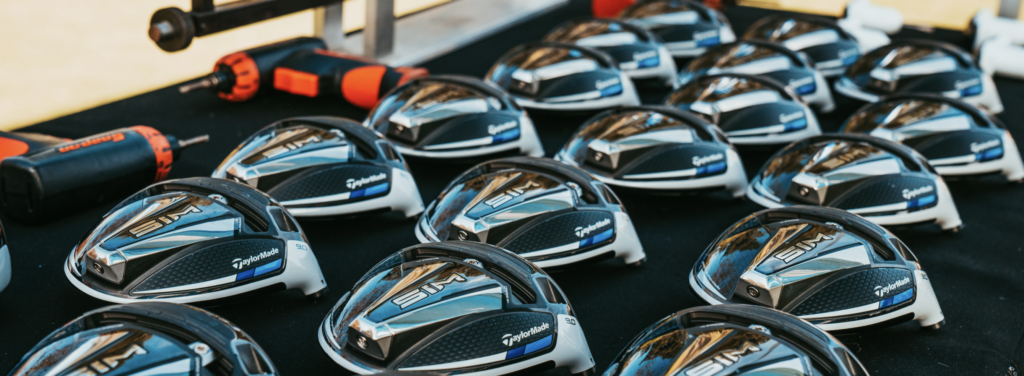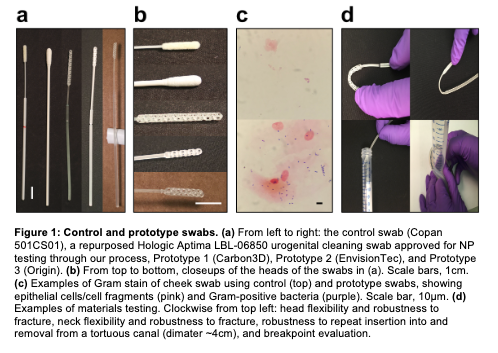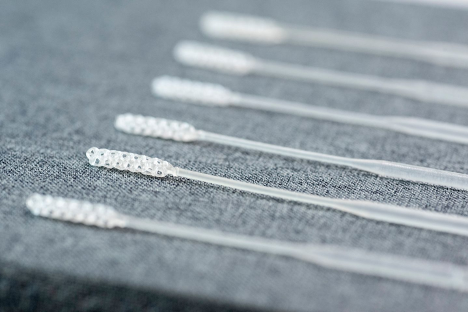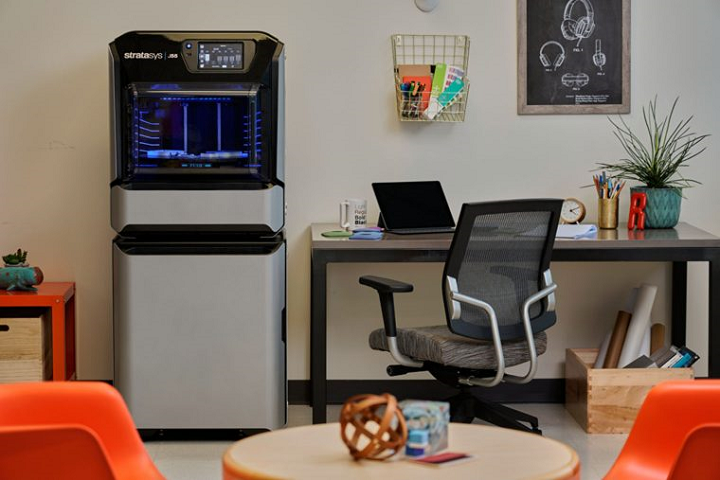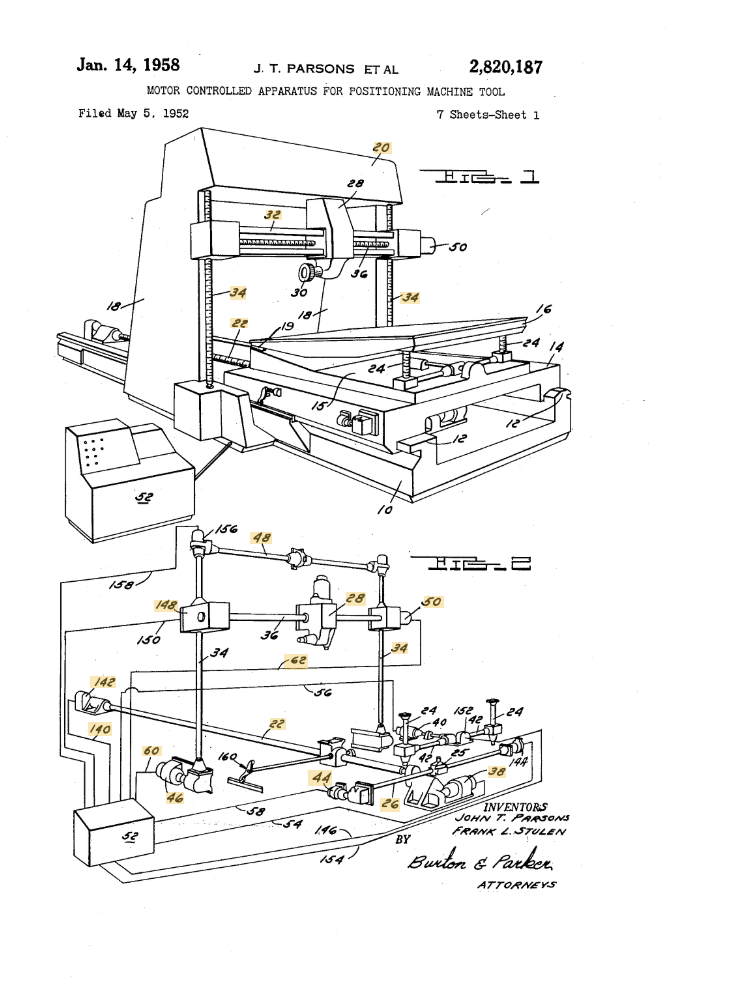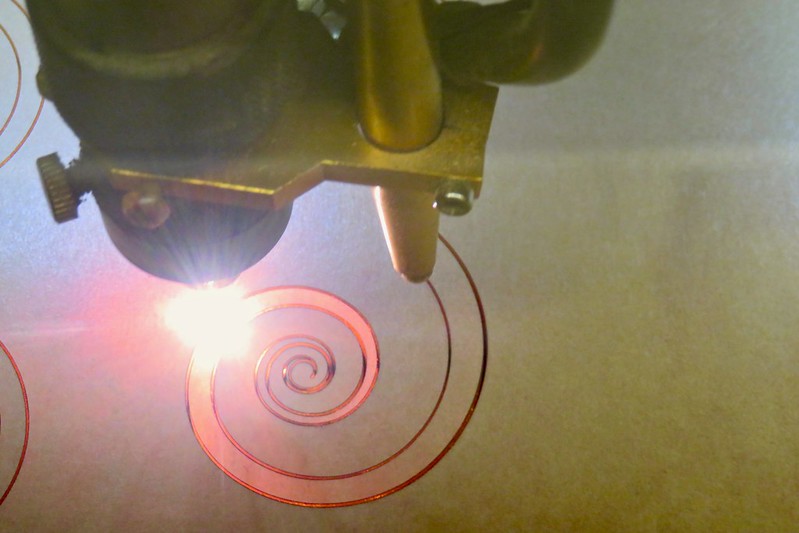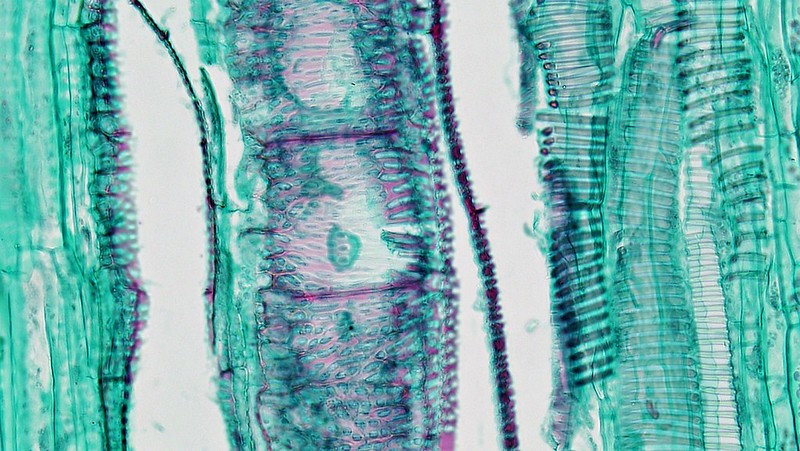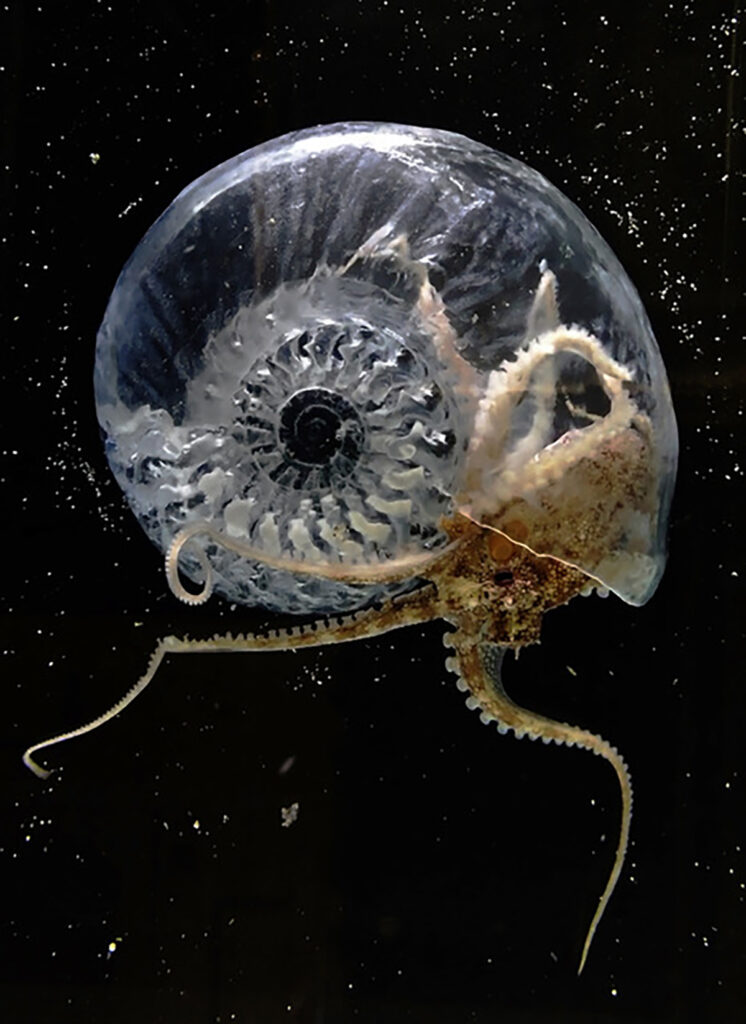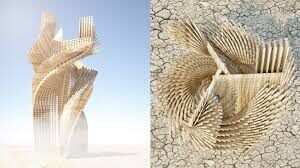Green begets green. If we want to save the planet, then we should make it profitable to do so. That sadly is the only real path to implementing genuinely global solutions for the hastening end of life on this planet. Our consumption is consuming our home. Our joys in life, achievements, goals are often expressed in stuff. We work for stuff which then gets dug up in one of a million places, shipped to and fro, and ends up in our possession. This stuff is increasingly fragile, shoddier quality, not meant to last long, and we are destined to hang on to it for shorter periods. Then it gets buried in the ground, awaiting perplexed archeologists. Layer upon layer of detritus.
Our layer-by-layer 3D printing solutions may yet alleviate some harm. We could repair things, extend them, repurpose things, and may yet make an aftermarket for many things. But, this is a bit like “rearranging the deck chairs on the Titanic.” Sorry to sound so morose, but plasters can’t save gangrenous limbs. What is happening, however helpful and good-natured, is a sop to a tidal wave. We need to direct the power of the invisible hand towards saving our planet. If we can force the creative solutions and power of free enterprise toward solving the world’s problems, then we stand a chance. By 3D printing money, we can save our world.

A friend of mine opined that bike-sharing was more environmentally friendly than cars and than owning your own bicycle. Theoretically, the “sharing economy” would indeed be a boon; with an efficient allocation and fewer individual vehicles, less material would make more trips. Sadly, modern-day entrepreneurship manages to destroy even simple logical opportunities such as these. Many global cities have had problems with bike pollution as millions of inexpensive bicycles were dumped across the world. Scooter sharing platform Lime says that its scooters last five months. But, external data suggest that Lime, Bird, and other shared scooters last around 28 days.
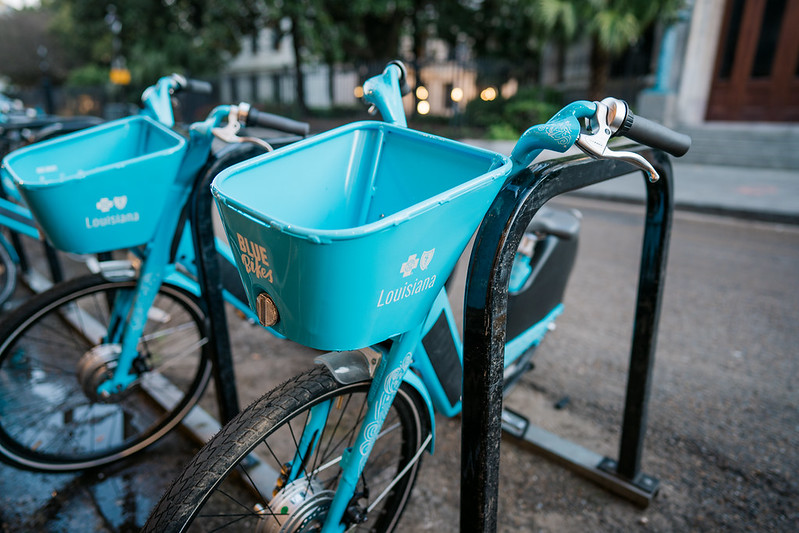
Every 28 days, each of these vehicles has to be replaced. But, no mind, given their low cost, this can still be profitable. Its peak human idiocy this kind of thing. But, from the company standpoint is only logical. Making better scooters would eat up more capital now, and they may then get stolen, which would be a higher risk to them. Even the most newfangled businesses that could bring huge gains for the environment as happy externalities, manage to mangle them. From an environmental standpoint, it may actually be better to give everyone their own new scooter; that’s how shoddy these things are.
Without the proper incentives, similar businesses will all come to roughly the same conclusions. Although it is notable that once cities adopt a single bike-sharing scheme throughout the town, these bikes look much more sturdy and durable. Incentives, individual decision-makers, accounting, projections, and goal setting in enterprises, therefore, have a huge impact on the detrimental or positive environmental effects of business.
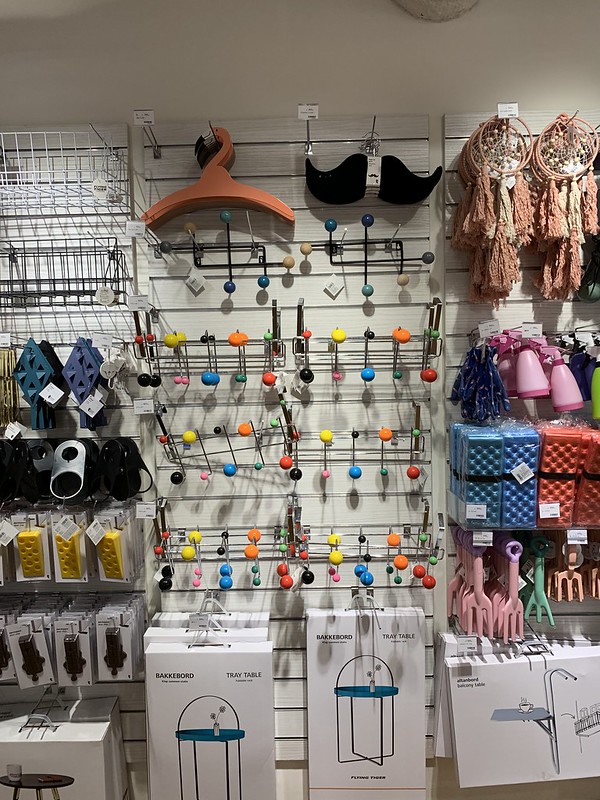
In Spain where I am now, we have a shop called Ale Hop, in other places you may have Flying Tiger. If you’re unfamiliar with either, they are direct to landfill stores. Imagine if you hunted night and day for the worst, cheapest stuff on Ali Baba and just put it all in a store. Ale Hop and Flying Tiger have single used the rest of your house, and everything in these stores is of an abysmally low quality. But, for someone willing to pass the time when there’s nothing on Netflix, buying some trinket may very well suffice.
In this example, there is no quality competitor in the space, but these stores eat away at other more honest brokers through offering cheaper products. Could we compete with such a store and make impulse buy sustainable things? Could we have an Ale Hop with all the products made out of glass, so then at least it can be readily recycled? A cork based Flying Tiger? Or in this case, would the best environmental course of action be to put cooler stuff on Netflix, so people don’t leave the house at all?

Our cargo cult is perplexing, as are the incentives in it. This Wall-E prequel we’re living in isn’t a simple Rubik’s Cube to solve. Destroying the planet is currently free, and it is often cheaper to dig up new earth for new things than to use existing things or recycle. Taxes or grants could change that somewhat, but measures would have to be sweeping and all-encompassing. It’s hard to believe that we’ll pull off some global whip-round and hosanna sing our way into the collective glory of shared action now, though. Out of all the things we could and should do, I can only see a lever big enough to move the world on the materials side.
If low cost recycled material could be used in wide applications in a predictable and certified way, we would use what we have much more efficiently. If we then made recycling systems more dynamic and local, we could reuse these materials in a targeted manner. The idea of putting a StuffDNA or SDNA mark on all things which would then tell you what the provenance of the thing is, what it is made of, what the material ingredients were, the MSDS etc. is still a relevant one. If that code was easily machine-readable, we could automate the recycling of many things and use things more efficiently.
We could then use a car mirror as a dashboard part, and the next cycle it could be repurposed into a dashboard filler part. If materials companies then started to see their business as one of Materials-as-a-Service then they would turn themselves into custodians of materials not destroyers of the world. With 3D printing we could in this system locally repair and recycle materials into new objects efficiently. To me, the solution would be something like this. What do you think?
Image Credit: Kristoffer Tolle, Tony Webster, William Murphy, Paulvanderwerf, Chinnian.
The post The Brittle Spear VII: New Business Models appeared first on 3DPrint.com | The Voice of 3D Printing / Additive Manufacturing.

